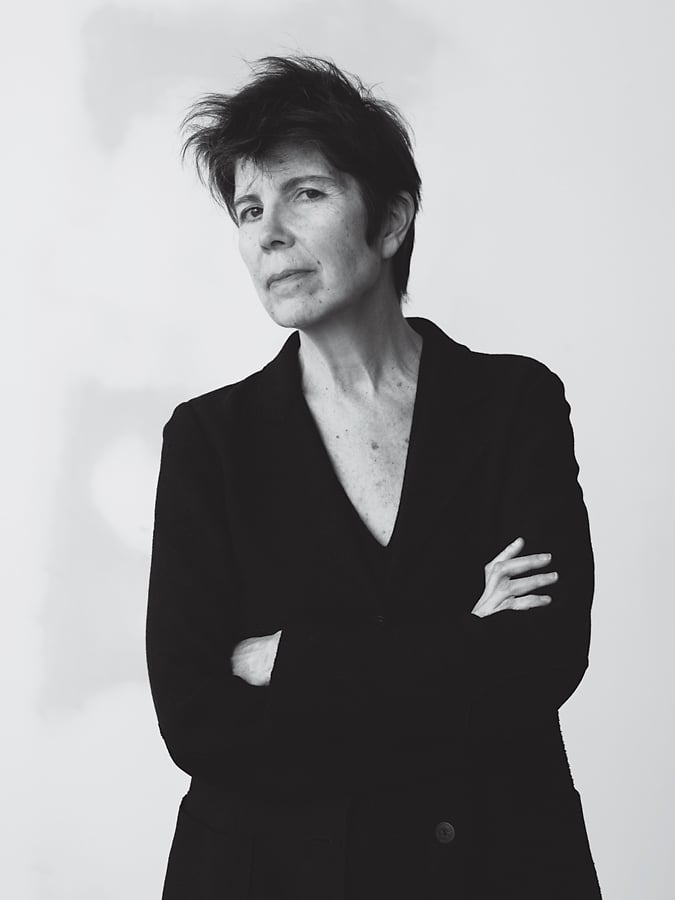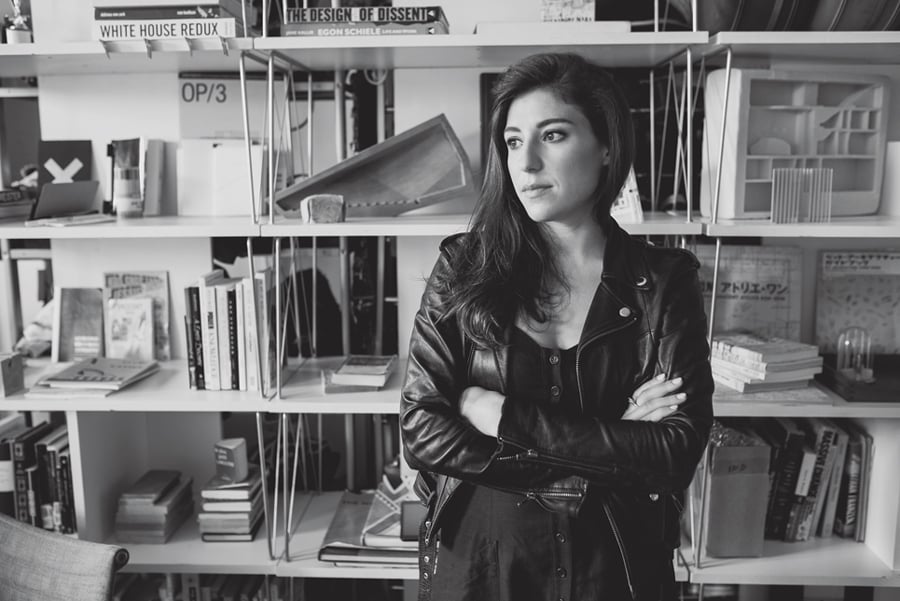
May 6, 2019
NYCxDesign 2019: Meet the Local Architects and Designers Shaping NYC
Metropolis speaks to six firms and individuals who are shaping the city’s built environment and design scene.

Elizabeth Diller, Susan Sellers, Masamichi Udagawa and Sigi Moeslinger—what do they all have in common? They’re New Yorkers who are shaping the city’s buildings, infrastructure, interiors, design scene, public spaces—and more. In preparation for NYCxDesign, Metropolis spoke to these individuals and firms to get a better sense of their practices and their ideas.
Want to learn more about NYCxDesign? We have you covered: follow the link at the bottom of the page to see our ever-growing collection of previews, events coverage, profiles, and more!
Find all of our NYCxDesign updates, previews, and more, here!










